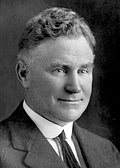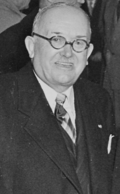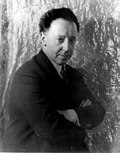The examples and perspective in this article deal primarily with the United States and do not represent a worldwide view of the subject.(December 2022) |

The 1880s (pronounced "eighteen-eighties") was the decade that began on January 1, 1880, and ended on December 31, 1889.
Contents
- Politics and wars
- Wars
- Internal conflicts
- Colonization
- Prominent political events
- Disasters
- Assassinations and attempts
- Science and technology
- Technology
- Science
- Society
- Popular culture
- Literature and arts
- Architecture
- Sports
- Music
- Fashion
- Other
- People
- Politics
- Sports figures
- Famous and infamous personalities
- Births
- Deaths
- See also
- References
- Sources
- Further reading
The period was characterized in general by economic growth and prosperity in many parts of the world, especially Europe and the Americas, with the emergence of modern cities signified by the foundation of many long-lived corporations, franchises, and brands and the introduction of the skyscraper. The decade was a part of the Gilded Age (1874–1907) in the United States, the Victorian Era in the British Empire and the Belle Époque in France. It also occurred at the height of the Second Industrial Revolution and saw numerous developments in science and a sudden proliferation of electrical technologies, particularly in mass transit and telecommunications.
The last living person from this decade, María Capovilla, died in 2006.
| Millennia |
|---|
| 2nd millennium |
| Centuries |
| Decades |
| Years |
| Categories |






















































































































































































































